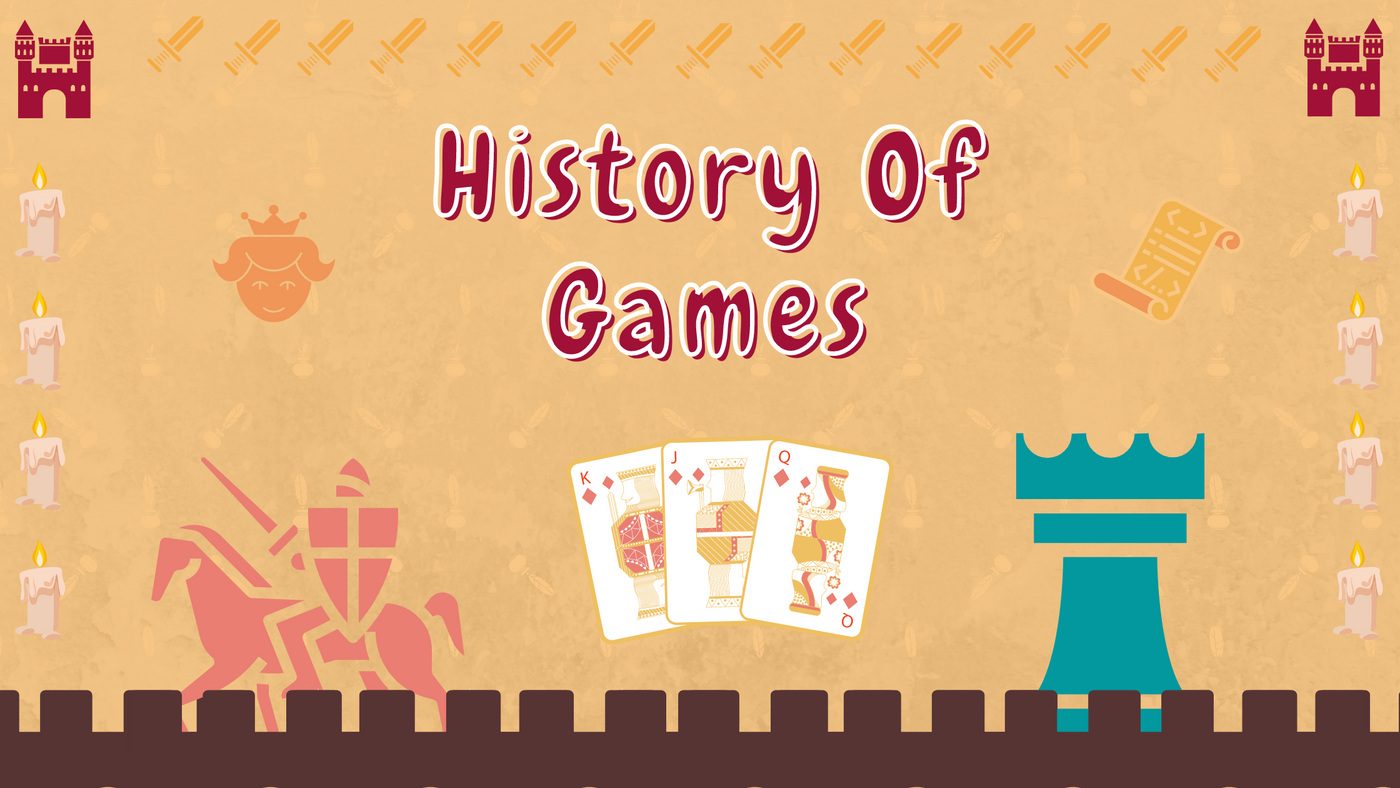History of games - Chess

Did you ever wonder whose brilliant brain thought up the sports and games we play today? In this blog series we will investigate some of the UK's favourite family games and when and why they were created. Teachers, this is a great opportunity for a lesson plan which celebrates UK heritage and encourages kids to start playing chess for more Montessori play!
Over the next five weeks, we’ll dedicate a blog to a game per week to look at the history of garden games through the years!
Week one: Chess
“While all artists are not chess players, all chess players are artists.” ― Marcel Duchamp
What’s the game?
We all know chess is a game of logic and strategic thinking. It’s said to take a moment to learn but a lifetime to master, so it’s a real success story in that generations have dedicated time to become chess masters with the passing years.
This mental skill is not too far removed from what we see on the battlefield. In fact, some say a chessboard is like a metaphor for human affairs. A lot about medieval life can be learnt by simply examining a chessboard because it contains much information about how our ancestors lived 1,000 years ago - the hierarchy of chess also plays an immense role in how medieval life is perceived. Pawns are short and seemingly weak while the king is the tallest piece in the game.
Chess in England
Jaques of London have been instrumental in the development and success of modern chess. Chess pieces before the mid-19th century were of two kinds - excessively elaborate and costly hand-carved reproductions of the Kings court, or rudely turned and daubed pieces in which rank was dictated by height alone. In the 1840s, this all changed. Nathaniel Cooke, proprietor of the Illustrated London News, brought John Jaques a new and elegant design for chessmen.
Between the two of them, this initial design was polished to produce a set using symbols (for the king, a crown, for the bishop, a mitre) which could be easily recognised and reproduced. This radical design received rave reviews in the press, particularly for the exquisite design of the Knight, based on sculptures from the famous Elgin Marbles.
Mr Howard Staunton, the first British chess World Champion, was so taken with the design that he agreed to have his name and signature adorn every box of pieces. The Staunton chess set, as it became known, is now the de facto standard for play at all levels.
Few family businesses can say they influenced the development of a game the way Jaques of London has shaped the world's favourite board game, chess.
Amazing Chess Facts
- The number of possible unique chess games is much greater than the number of electrons in the universe.
- The second book ever printed in the English language was about chess.
- Six hundred million people know how to play chess worldwide!